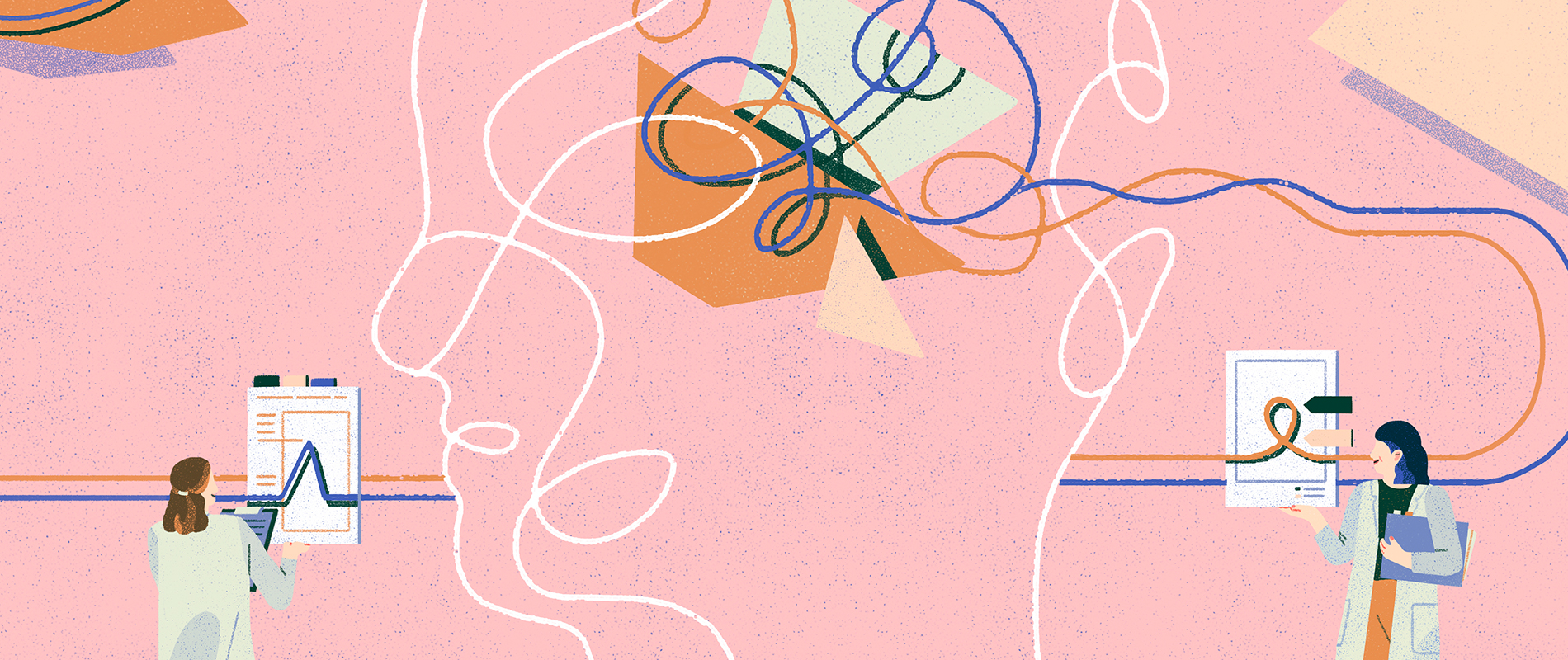Over the last two decades, autism spectrum disorder (ASD) has become the fastest-growing developmental disability worldwide. In 2020, the Centers for Disease Control and Prevention in the United States identified one in 54 children as having ASD, a neurological condition causing social and communication delays and restricted, repetitive behaviours. The diagnosis rate has tripled since 2000, when it was one in 150, and grown more than tenfold since the 1990s, when it was one in 1,000. This steep rise in prevalence has transformed autism into a public health crisis requiring more attention from government leaders, health professionals and educators. It has also fuelled significantly more research into autism, particularly its contributing factors—genetic mutations, poorly functioning gut bacteria and, possibly, environmental pollution.
“When I started researching autism, I found that most studies focus on the deficits or impairments of people on the spectrum. But there are many insights we can gain about the positive aspects of autism...”
Psychology researcher Yonat Rum has identified distinct social communication benefits that arise for children with autism when interacting with their neurotypical siblings.
Photograph by Shauli Lendner

Hebrew University of Jerusalem psychology researcher Anat Perry is using the empathic accuracy paradigm she developed to examine how we come to understand the emotions of others.
Photograph by Boaz Perlstein

“Empathy is a mutual process that requires understanding by both sides.”






